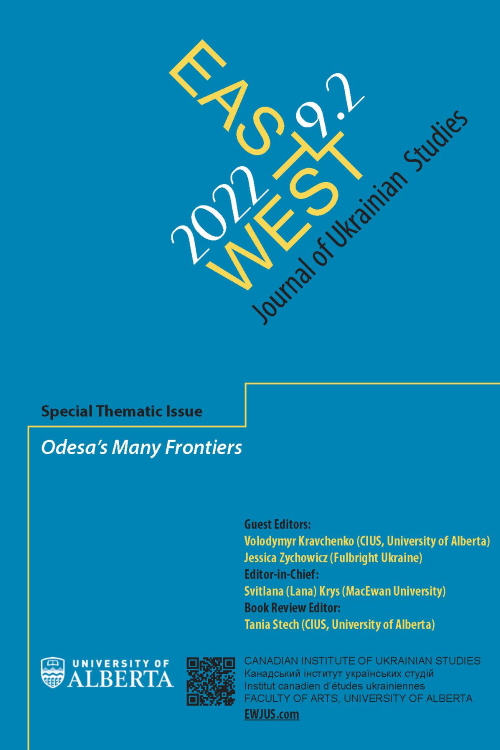Odesa in Diachronic and Synchronic Studies of Urban Linguistic Landscapes of Ukraine Conducted between 2015 and 2019
Odesa in Diachronic and Synchronic Studies of Urban Linguistic Landscapes of Ukraine Conducted between 2015 and 2019
Author(s): Svetlana StefanovaSubject(s): Sociology, Sociolinguistics, Applied Sociology
Published by: Canadian Institute of Ukrainian Studies at The University of Alberta
Keywords: linguistic landscape; language policy; Odesa; Ukraine; diachronic study;
Summary/Abstract: Diachronic and synchronic studies of linguistic landscapes of central streets and markets were conducted in five cities in Ukraine with different language use preferences in 2015 and 2017–19. The relationship between a monolingual state language policy and the reality of language use in public spaces was investigated. This study focuses on the dynamics of the linguistic landscape of Odesa, a Russian-speaking city with a weak historical connection to the state of Ukraine, and compares them with the linguistic landscapes of central Kyiv, Dnipro, Zaporizhzhia, and Lviv. Linguistic landscape data are complemented with semi-structured interviews investigating de jure policies, de facto practices, and beliefs of individuals who make their language choices in public signage, often contesting the official language policy regulations. Linguistic data can deliver messages about power, values, and the salience of languages used in public places. This mixed-methods research is grounded in a critical ethnographic approach to the study of language policy, politics, and planning. The linguistic landscape in Odesa, a polyethnic city, is exceptionally dynamic in reflecting the de facto language policy in the city. The effects of globalization and language commodification were marked by compliance with the official policy on the central street, but proof of inhabitants’ identity with the Russian language as the lingua franca was evident as the data collection site moved away from the city centre. This synchronic and diachronic studies of languages in Odesa is compared with the languages spoken in four Ukrainian regions and marks a proportional increase in the presence of two main languages—Ukrainian and Russian—independent of the Ukrainization efforts of the state at the time of war. It also suggests that an increase in the use of English, as observed in Odesa, is a way to avoid using the state language.
Journal: East/West: Journal of Ukrainian Studies (EWJUS)
- Issue Year: 9/2022
- Issue No: 2
- Page Range: 93-143
- Page Count: 51
- Language: English

